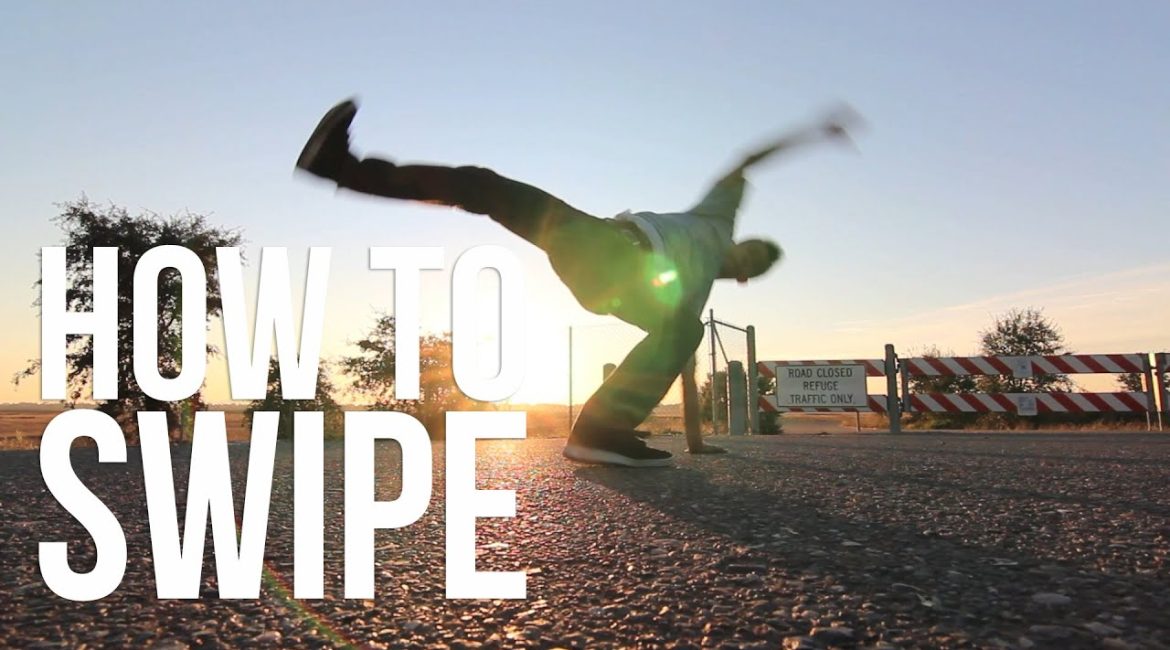Introduction
Welcome to the thrilling world of breakdancing! In this blog, we dive into one of the foundational power moves in the breakdancing repertoire – the Swipe. This dynamic and visually stunning move is a stepping stone to more complex routines and is sure to impress. Whether you’re a beginner looking to step up your game or an intermediate dancer aiming to refine your technique, this guide will provide detailed insights and step-by-step instructions to master the Swipe.
The Basics of the Swipe
The Swipe is an explosive and circular motion that combines coordination, strength, and rhythm. It’s a move that will not only enhance your breaking skills but also improve your overall dance fluidity and presentation.
Starting Position
- Footwork: Begin in a comfortable standing position. Depending on your dominant hand, you will either step back with your right foot if you’re right-handed, or with your left if you’re left-handed.
- Hand Placement: As you step back, place the opposite hand (left hand for right-handers and vice versa) on the ground, preparing to lift your body into the motion.
Initial Movement
- Kick and Switch: From your starting stance, execute a kick with the opposite leg of your hand on the ground, then quickly switch legs in mid-air.
- First Swipe: As your feet switch, use the momentum to rotate your body sideways, swinging your arms to help propel the rotation.
Technique Tips
Mastering the Swipe requires focus on several technical elements:
Use of Legs
- Two Legs: Begin by practicing with both legs. As you become comfortable, you can transition to using one leg for a more challenging execution.
- Jump and Land: Ensure that when you land, you do so on the balls of your feet to maintain the necessary springiness for continuous motion.
Arm Dynamics
- Handstands and Lift: While not a full handstand, mimic the motion by pushing off with your hands to lift your hips and body, adding height and momentum to your Swipe.
Maintaining Form
- Hips Up: One common mistake is letting the hips drop during the Swipe. Aim to keep your hips elevated throughout the motion to maintain form and fluidity.
- Continuous Motion: The Swipe is a continuous, flowing move. Each rotation should seamlessly lead into the next without pause.
Advanced Techniques
Once you have the basic Swipe down, you can begin to incorporate more advanced techniques:
Single Leg Swipes
- Transition to performing the Swipe on a single leg to increase the difficulty and add flair to your routine.
Adding Flares
- Integrate elements like flares and spins to create a more dynamic and personalized breaking routine.
Common Challenges and How to Overhaul Them
Breaking moves like the Swipe can be challenging, and it’s common to encounter a few hurdles along the way.
Balance and Coordination
- Practice the fundamentals of balance through exercises like yoga or pilates, which can enhance your stability and control.
Strength and Endurance
- Incorporate strength training into your routine, focusing on core and upper body strength, to support the vigorous movements of breaking.
Conclusion
The Swipe is more than just a dance move; it’s a demonstration of skill, strength, and passion for the art of breakdancing. With practice, dedication, and attention to technique, you can master this impressive power move and bring your breaking to new heights.
Remember, the key to mastering breaking moves is consistency and persistence. Keep practicing, stay patient, and most importantly, enjoy the journey of dance and self-expression. Happy breaking!
Practice and Perseverance
Remember, mastering the Swipe, like any dance move, requires time, patience, and a lot of practice. Don’t get discouraged by initial difficulties. Keep at it, and gradually, you will see improvement. Joining a community or enrolling in dance classes can also provide support and motivation.
Embrace the challenge, and let your passion for breaking guide you through the learning process. With each practice, you’re not just learning a move; you’re becoming a better dancer.


Leave a reply